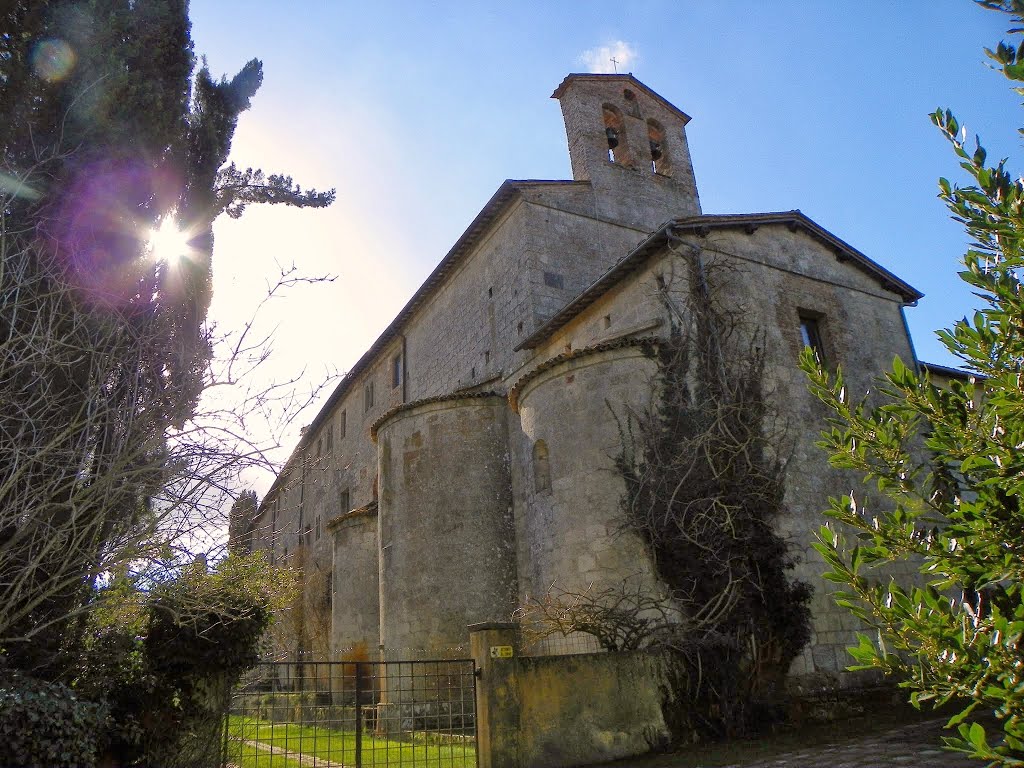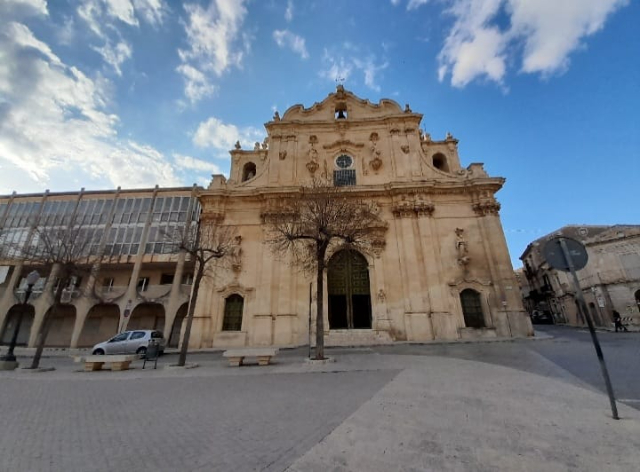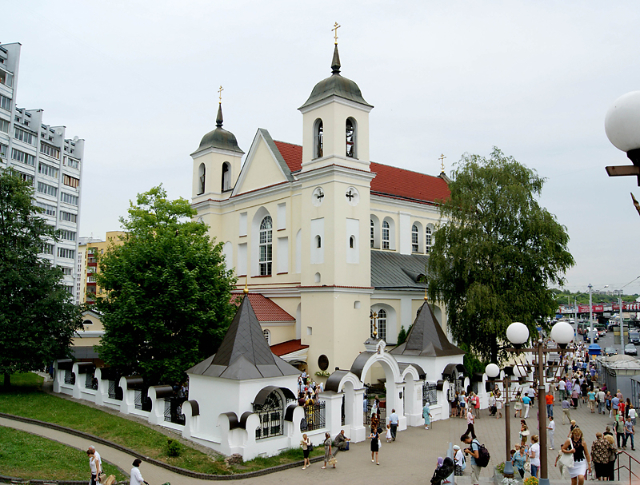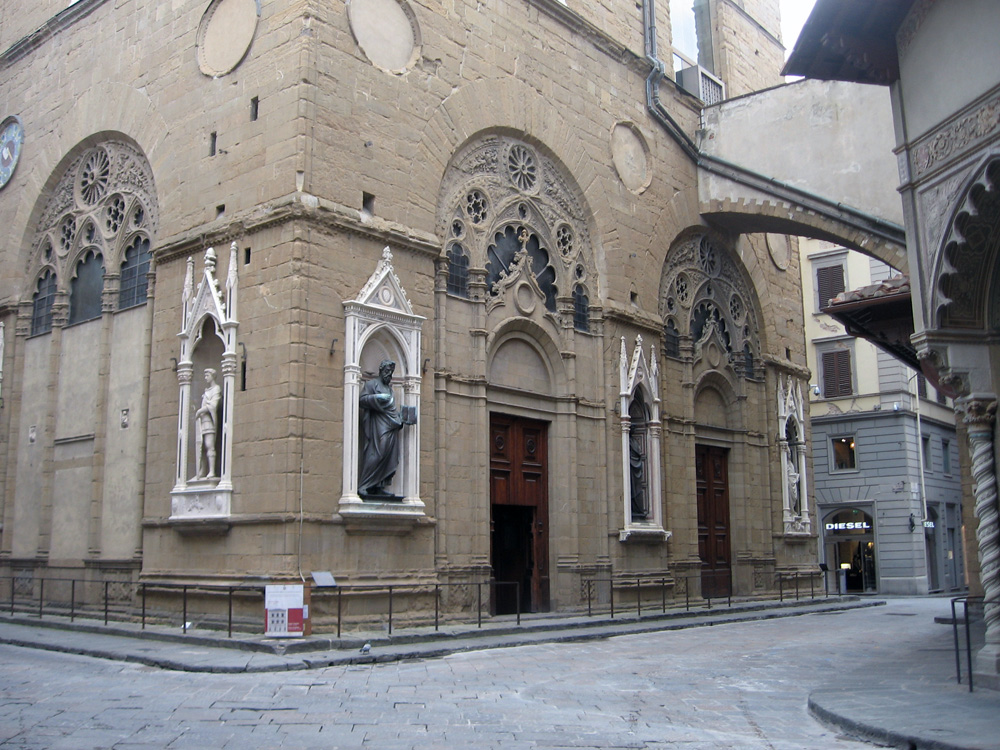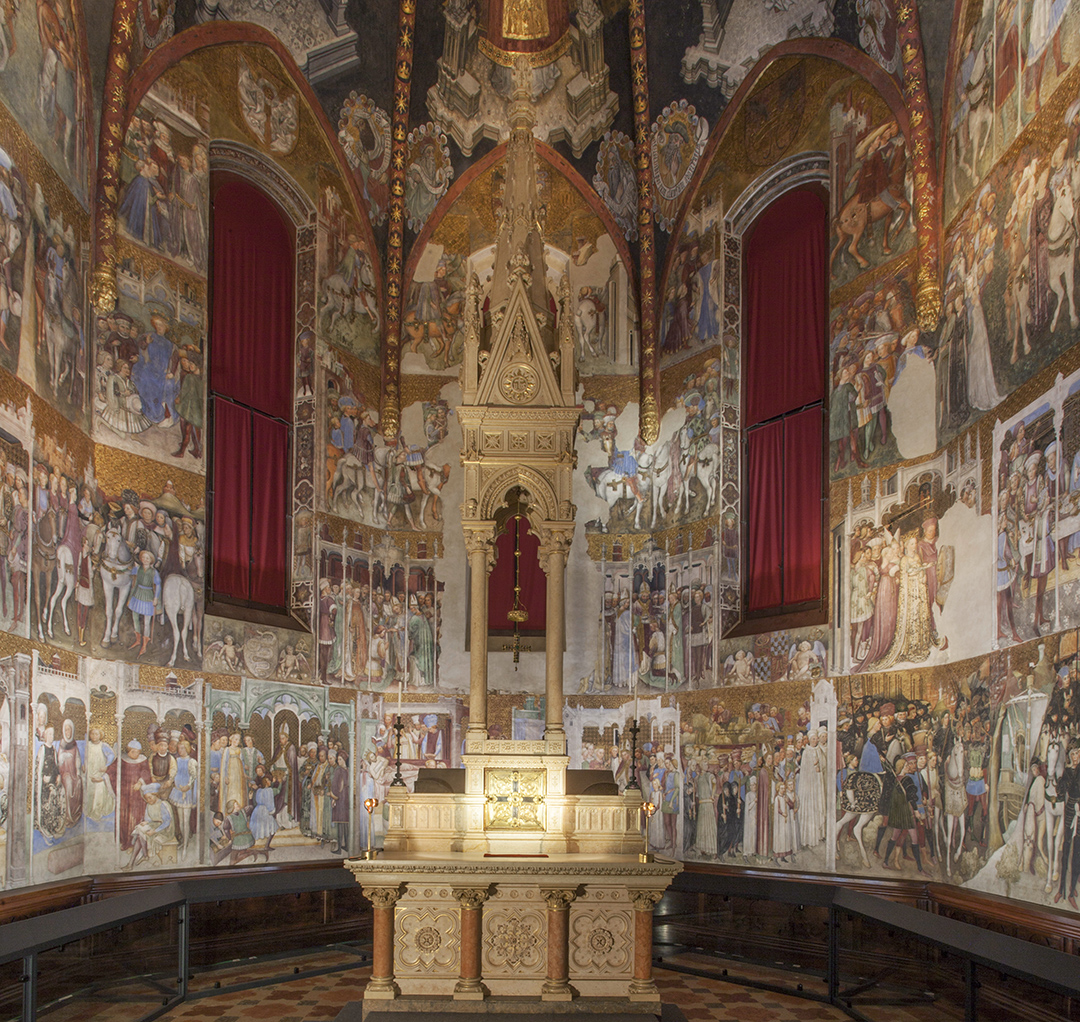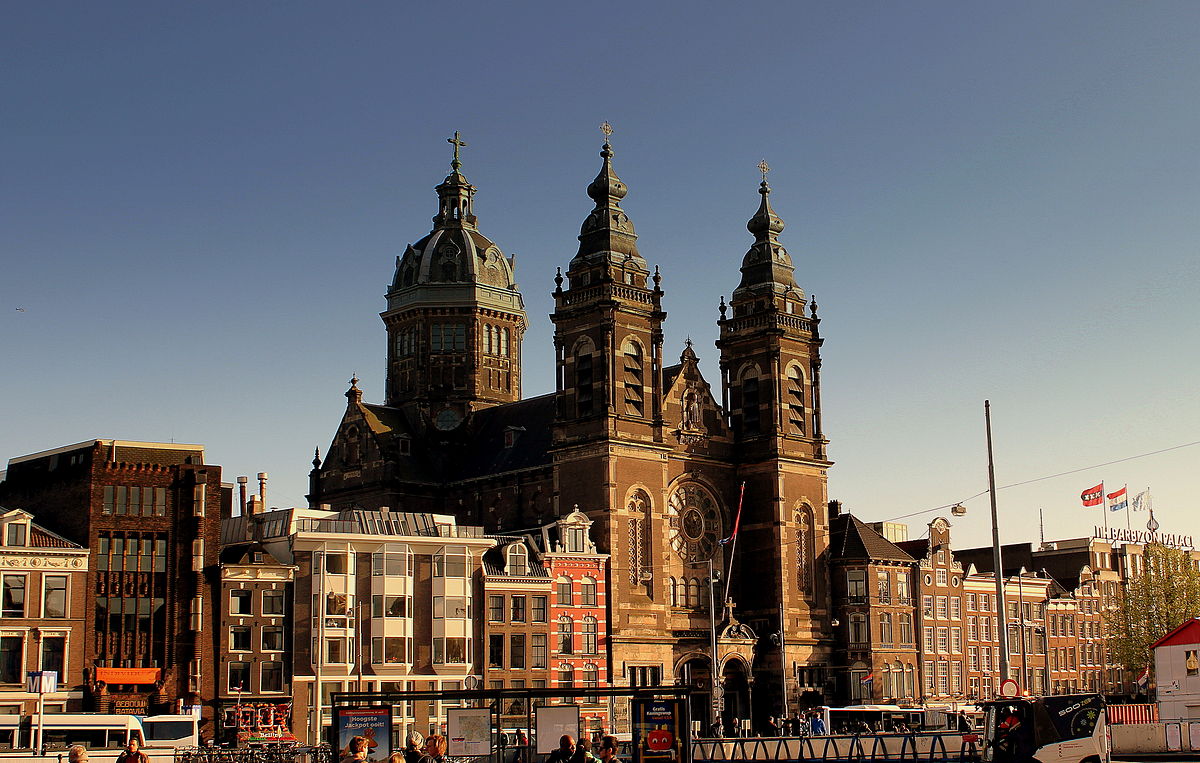Spineto Abbey rises solitary, in a small valley at the foot of Mount Cetona, in the territory of the village of Sarteano, which near Radicofani crosses the Via Francigena, a primary pilgrimage route in the early Middle Ages and a link between continental Europe and Rome.
Founded in the 1880s as a Vallombrosian abbey of the Holy Trinity, by the will of Willa, widow of Count Pepone I Manenti of Sarteano, it was for centuries a coenoby of Benedictine, then Cistercian, rule, fervent with studies, agricultural cultivation and welcoming pilgrims, in a perfect fusion of active and contemplative life.
The abbey was first placed under the protection of Orvieto (1120), then came under the protection of the Republic of Siena and followed it until its fall and incorporation into the Medici Duchy of Florence.
In spite of the precarious political conditions, the abbey’s period of greatest economic splendor took place precisely in the centuries from the 12th to the 14th; thus arose the need for the safeguarding of its property, which was entrusted to an armed garrison and the building of fortification works in the monastic architectural complex, especially in the church, which preserves traces of it in the crossbow posts.
Even during periods of opulence, the abbey adhered to the strict Benedictine rule: in fact, the high moral stature of the monks led them to be elected as investigators and judges in civil disputes.
In 1627 Pope Urban VIII removed the Abbey of Spineto from the Vallombrosian order and entrusted it to the Cistercian one; on this occasion the Pope donated to the church of Spineto the precious cope that is still preserved there.
The Abbey will remain under the Cistercian order until its suppression in 1783, from that date the Abbey survives as a villa-farm run by conversi and its property is forfeited to the patrimony of the Spedale degli Innocenti of Florence.
In 1830 the Abbey began to come into the ownership of private individuals, who followed one after another in large numbers.
